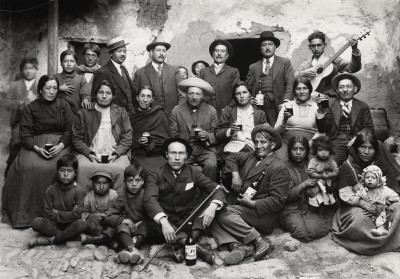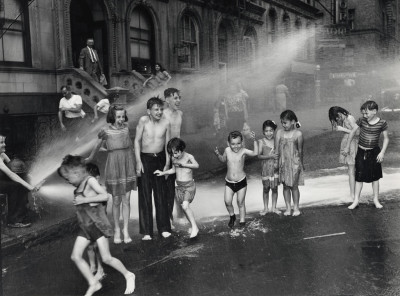
August Sander Collection
August Sander

August Sander Collection
August Sander
- Photographic
- Historical Documentary
- Portraits
- International Documentary
- Historical
- World
Purchased from Sander’s son in the late 1970s, these images are deposited in the AmberSide Collection because of their deep commitment to documenting life with honesty and clarity. Sander's photographic approach aligned with Amber’s ethos of capturing social realities without embellishment, reflecting the lived experiences of ordinary people - making Sander’s documentary photography a vital reference point within the collection.
August Sander (1876–1964) was a German photographer best known for his ambitious project, People of the Twentieth Century, which sought to document the social landscape of early 20th-century Germany. Born in Herdorf, Germany, he began his career assisting a local photographer before establishing his own studio in Cologne in 1910.
As a practitioner of New Objectivity, an avant-garde movement that rejected abstraction and idealisation in favour of realism, Sander approached photography with a clear, methodical style. His portraits captured individuals from a wide range of professions and social classes, offering an unembellished view of German society during the Weimar Republic.
His systematic approach grouped subjects into categories such as farmers, skilled tradesmen, women, and artists, creating a structured yet deeply human archive of the time. This commitment to realism, however, put him at odds with the Nazi regime, which saw his unfiltered portrayal of German society as politically problematic. Despite censorship and personal hardships, his work endured, influencing generations of documentary photographers. Today, his legacy is preserved in major collections, including the AmberSide Collection, and continues to shape the visual language of social documentary photography.

August Sander and his wife Anna, Linz 1905
- Ref: 006-001-PBW
- Date: c. 1905
- Artist: August Sander
- Copyright: © Die Photographische Sammlung | SK Stiftung Kultur | August Sander Archive Cologne

Peasant Children, Westerwald, 1931
- Ref: 006-014-LBW
- Date: 1931
- Artist: August Sander
- Copyright: © Die Photographische Sammlung | SK Stiftung Kultur | August Sander Archive Cologne
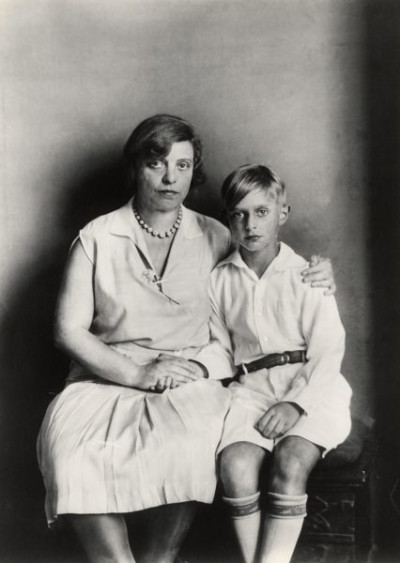
Dr. Lu Strauss Ernst, divorced wife of painter Max Ernst, with her son, France, 1928
- Ref: 006-006-LBW
- Date: 1928
- Artist: August Sander
- Copyright: © Die Photographische Sammlung | SK Stiftung Kultur | August Sander Archive Cologne

Member of a Nuremberg Student Corps, 1928
- Ref: 006-020-PBW
- Date: 1928
- Artist: August Sander
- Copyright: © Die Photographische Sammlung | SK Stiftung Kultur | August Sander Archive Cologne
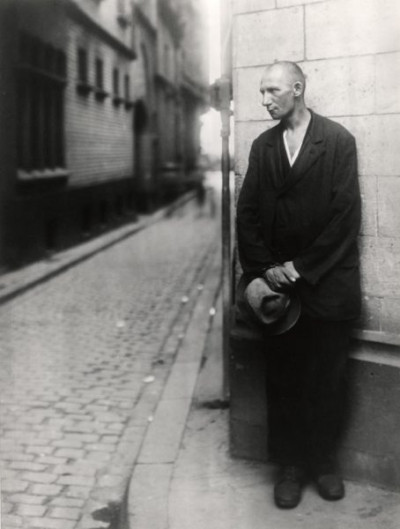
Unemployed Man, 1928
- Ref: 006-008-PBW
- Date: 1928
- Artist: August Sander
- Copyright: © Die Photographische Sammlung | SK Stiftung Kultur | August Sander Archive Cologne
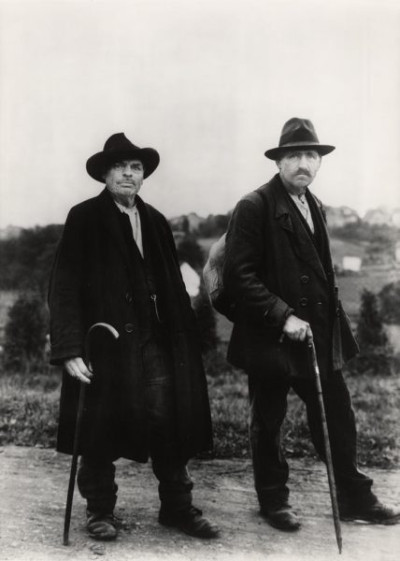
Tramps, 1930
- Ref: 006-026-PBW
- Date: 1930
- Artist: August Sander
- Copyright: © Die Photographische Sammlung | SK Stiftung Kultur | August Sander Archive Cologne

Three Generations of a Farming Family, 1912
- Ref: 006-022-LBW
- Date: 1912
- Artist: August Sander
- Copyright: © Die Photographische Sammlung | SK Stiftung Kultur | August Sander Archive Cologne
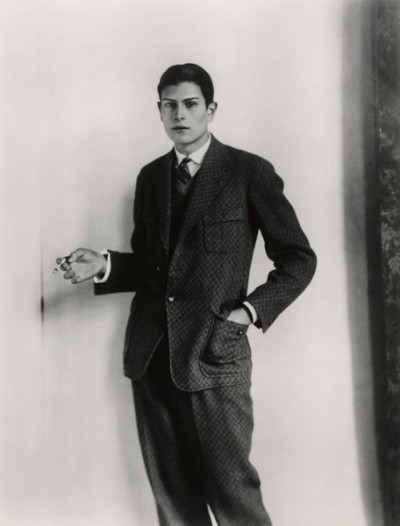
Son of the Cologne Brewer Friedrich Winter, 1926
- Ref: 006-016-PBW
- Date: 1926
- Artist: August Sander
- Copyright: © Die Photographische Sammlung | SK Stiftung Kultur | August Sander Archive Cologne

Elegant Lady, 1928
- Ref: 006-030-PBW
- Date: 1928
- Artist: August Sander
- Copyright: © Die Photographische Sammlung | SK Stiftung Kultur | August Sander Archive Cologne
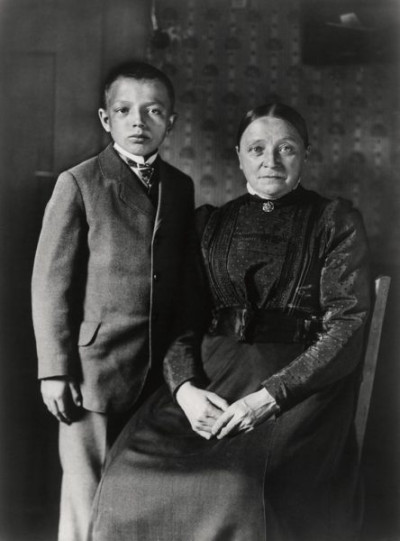
Peasant Wife With Child, c. 1920s-1930s
- Ref: 006-023-PBW
- Date: c. 1920s-1930s
- Artist: August Sander
- Copyright: © Die Photographische Sammlung | SK Stiftung Kultur | August Sander Archive Cologne
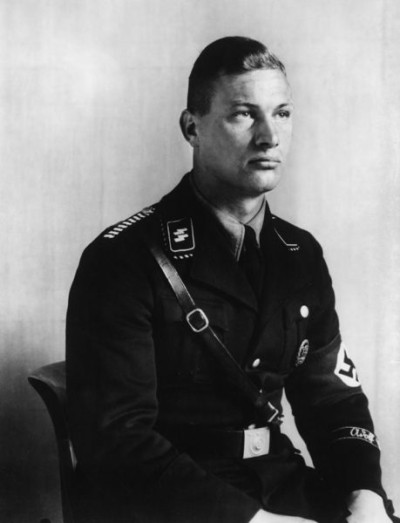
Member of Hitler's SS Bodyguard, 1938
- Ref: 006-003-PBW
- Date: 1938
- Artist: August Sander
- Copyright: © Die Photographische Sammlung | SK Stiftung Kultur | August Sander Archive Cologne

Circus Artiste, 1928
- Ref: 006-007-PBW
- Date: 1928
- Artist: August Sander
- Copyright: © Die Photographische Sammlung | SK Stiftung Kultur | August Sander Archive Cologne
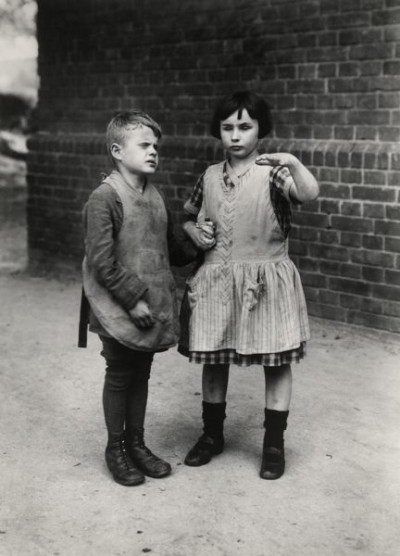
Children in a Fome for the Blind, Duren, 1930
- Ref: 006-028-PBW
- Date: 1930
- Artist: August Sander
- Copyright: © Die Photographische Sammlung | SK Stiftung Kultur | August Sander Archive Cologne
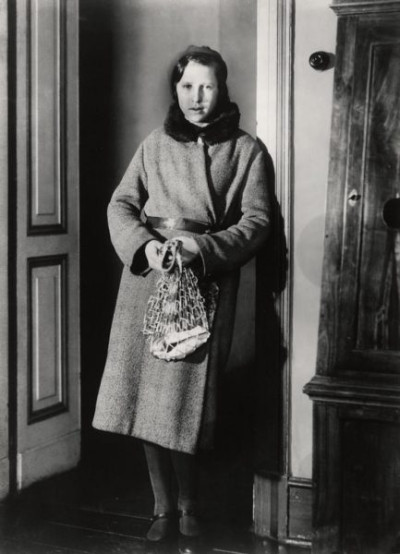
Unemployed Woman Begging, 1929
- Ref: 006-027-PBW
- Date: 1929
- Artist: August Sander
- Copyright: © Die Photographische Sammlung | SK Stiftung Kultur | August Sander Archive Cologne
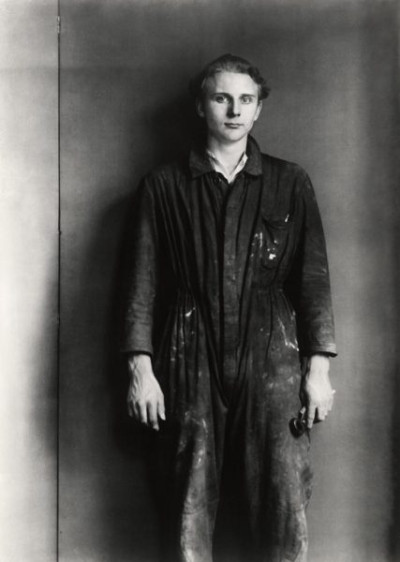
Fitter, 1928
- Ref: 006-012-PBW
- Date: 1928
- Artist: August Sander
- Copyright: © Die Photographische Sammlung | SK Stiftung Kultur | August Sander Archive Cologne
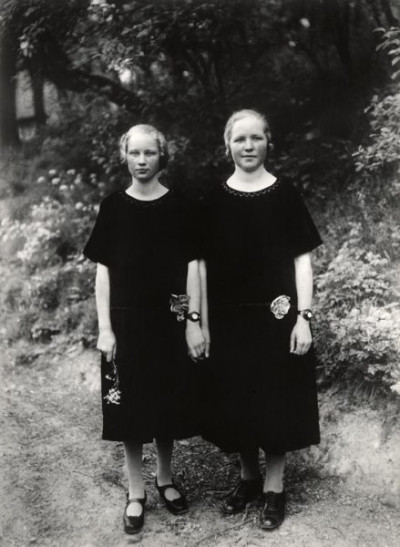
Peasant Girls, Westerwald, 1927
- Ref: 006-018-PBW
- Date: 1927
- Artist: August Sander
- Copyright: © Die Photographische Sammlung | SK Stiftung Kultur | August Sander Archive Cologne
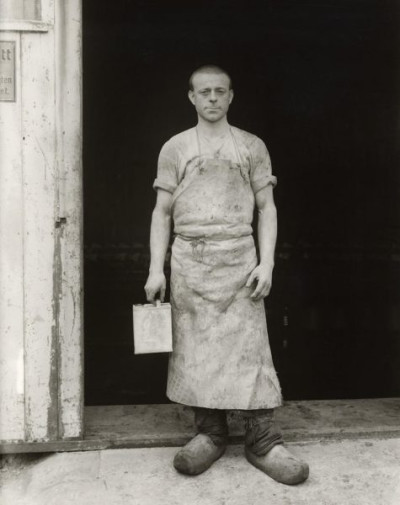
Varnisher, Cologne, 1932
- Ref: 006-011-PBW
- Date: 1932
- Artist: August Sander
- Copyright: © Die Photographische Sammlung | SK Stiftung Kultur | August Sander Archive Cologne
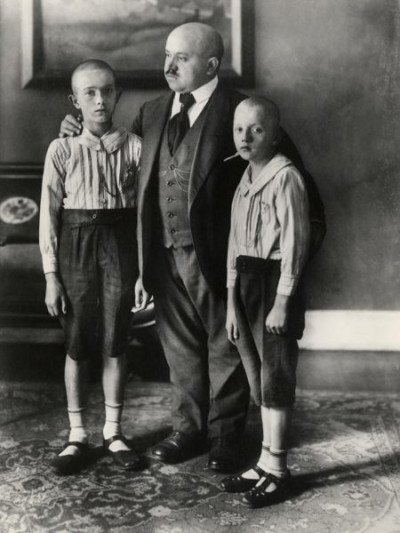
Widower with Sons, Cologne, 1925
- Ref: 006-019-PBW
- Date: 1925
- Artist: August Sander
- Copyright: © Die Photographische Sammlung | SK Stiftung Kultur | August Sander Archive Cologne
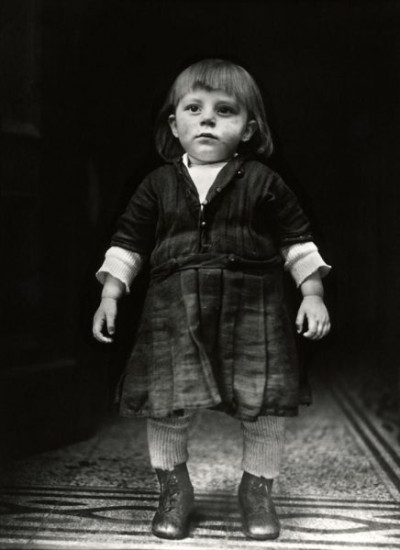
Peasant Child, 1925
- Ref: 006-024-PBW
- Date: 1925
- Artist: August Sander
- Copyright: © Die Photographische Sammlung | SK Stiftung Kultur | August Sander Archive Cologne

Small-town Landlord, Herdorf, 1930
- Ref: 006-013-LBW
- Date: 1930
- Artist: August Sander
- Copyright: © Die Photographische Sammlung | SK Stiftung Kultur | August Sander Archive Cologne

Student Teacher, Westerwald, 1929
- Ref: 006-002-PBW
- Date: 1929
- Artist: August Sander
- Copyright: © Die Photographische Sammlung | SK Stiftung Kultur | August Sander Archive Cologne

Art Dealer, Sam Salz, 1927
- Ref: 006-009-PBW
- Date: 1927
- Artist: August Sander
- Copyright: © Die Photographische Sammlung | SK Stiftung Kultur | August Sander Archive Cologne
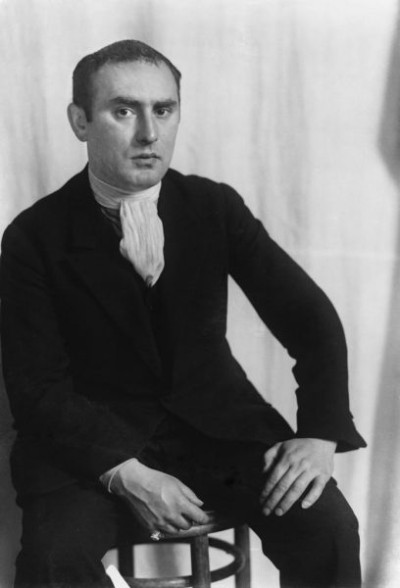
Dusseldorf Painter, Jankel Adler, 1927
- Ref: 006-021-PBW
- Date: 1927
- Artist: August Sander
- Copyright: © Die Photographische Sammlung | SK Stiftung Kultur | August Sander Archive Cologne

Chemist, Sepp Malichar, 1921
- Ref: 006-032-PBW
- Date: 1921
- Artist: August Sander
- Copyright: © Die Photographische Sammlung | SK Stiftung Kultur | August Sander Archive Cologne
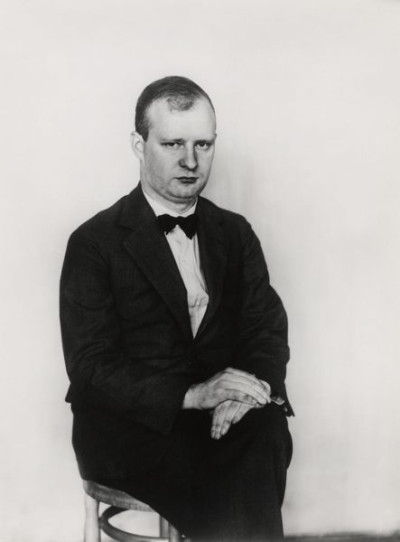
Composer, Paul Hidemith, 1925
- Ref: 006-025-PBW
- Date: 1925
- Artist: August Sander
- Copyright: © Die Photographische Sammlung | SK Stiftung Kultur | August Sander Archive Cologne
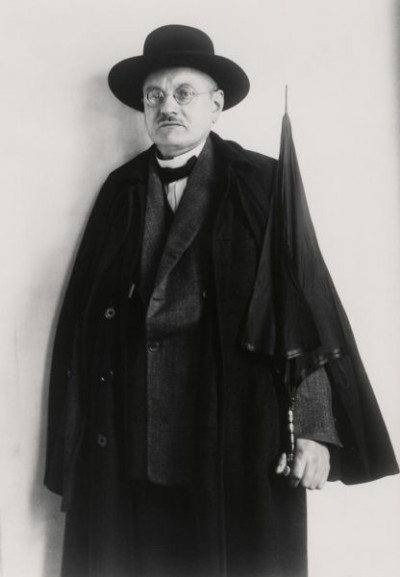
Businessman and Democratic Party Parliamentarian, Johaness Scheerer, 1928
- Ref: 006-010-PBW
- Date: 1928
- Artist: August Sander
- Copyright: © Die Photographische Sammlung | SK Stiftung Kultur | August Sander Archive Cologne
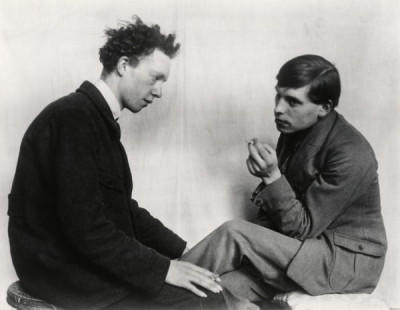
Painters Gottfried Brockmann and Willi Bonguard, 1924
- Ref: 006-005-LBW
- Date: 1924
- Artist: August Sander
- Copyright: © Die Photographische Sammlung | SK Stiftung Kultur | August Sander Archive Cologne
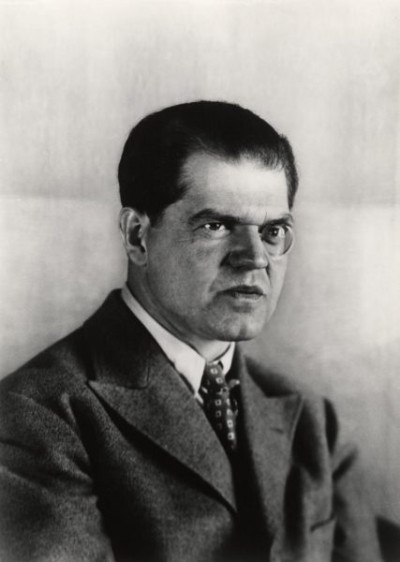
Inventor and Dadaist, Raoul Hausmann, 1928
- Ref: 006-015-PBW
- Date: 1928
- Artist: August Sander
- Copyright: © Die Photographische Sammlung | SK Stiftung Kultur | August Sander Archive Cologne

Sculptor, Louis Ambrosi, Lower Rhine, 1938
- Ref: 006-017-PBW
- Date: 1938
- Artist: August Sander
- Copyright: © Die Photographische Sammlung | SK Stiftung Kultur | August Sander Archive Cologne

Gypsy, 1931
- Ref: 006-029-PBW
- Date: 1931
- Artist: August Sander
- Copyright: © Die Photographische Sammlung | SK Stiftung Kultur | August Sander Archive Cologne

Painter Anton Räderscheidt with Martha Hegemann, 1926
- Ref: 006-031-LBW
- Date: 1926
- Artist: August Sander
- Copyright: © Die Photographische Sammlung | SK Stiftung Kultur | August Sander Archive Cologne
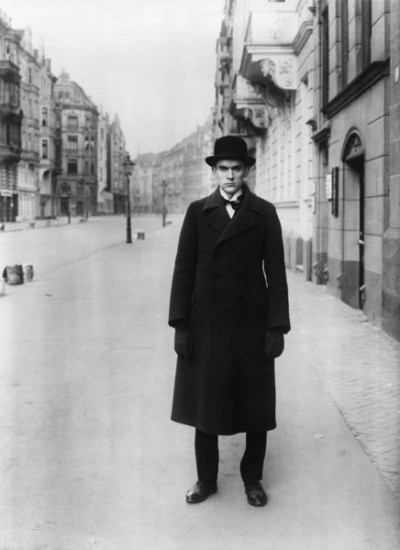
Painter Anton Raderscheidt, 1925
- Ref: 006-004-PBW
- Date: 1925
- Artist: August Sander
- Copyright: © Die Photographische Sammlung | SK Stiftung Kultur | August Sander Archive Cologne
Related Works

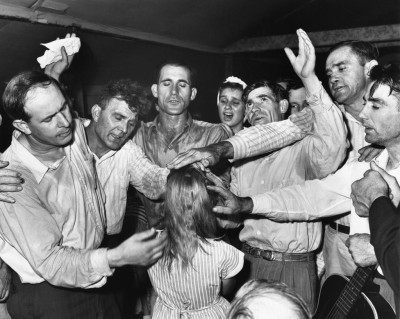
Russell Lee Collection
Russell Lee
Photographic
